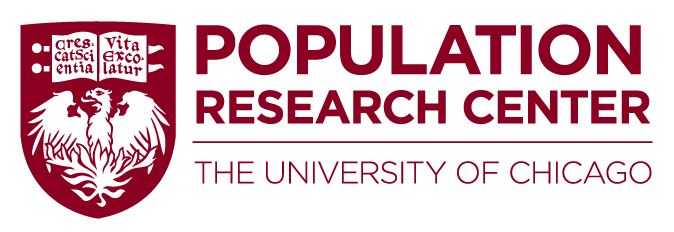Measurement and Methods
Central to the work of the Population Research Center is the role of novel measurement and statistical techniques. Our researchers bring sophisticated data collection and analysis tools into the field of demography. Our strengths include survey methods and measurement, a variety of statistical techniques including spatial analyses, and a new set of methodological pursuits called computational demography.
Previous Accomplishments and Research:
- Providing ongoing data collection efforts for longitudinal surveys such as the General Social Survey (CSS) and the National Social Life, Health, and Aging Project (NSHAP)
- Engaging the Committee on Quantitative Research Methods in Social, Behavioral, and Health Sciences in developing and incorporating innovative methods and new technology for advancing theory-driven and data-informed rigorous research on population, societies, and behavior
- Creating the Array of Things (AoT), an urban sensing project that includes an interactive network of modular sensor boxes to collect real-time data on Chicago’s environment, infrastructure, and activity. AoT acts as a “fitness tracker” for the city and measures climate, air quality, and noise.
- Launching Dr. Kate Cagney’s Activity Space, Social and Interaction and Health Trajectories in Later Life project utilizing AoT data and exploring the extent in which the social and spatial environments older adults spend their time affect and are affected by pre-clinical changes in health
- Aiming to understand how new methods and newly available data can alter the questions we ask and the methods we use to answer them. This is done through employing machine learning, generative modeling, and social and semantic network representation to explore knowledge processes.
